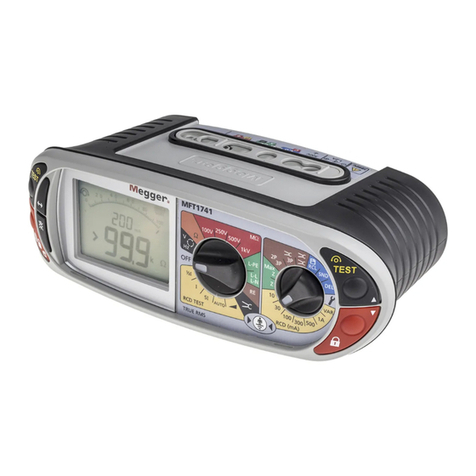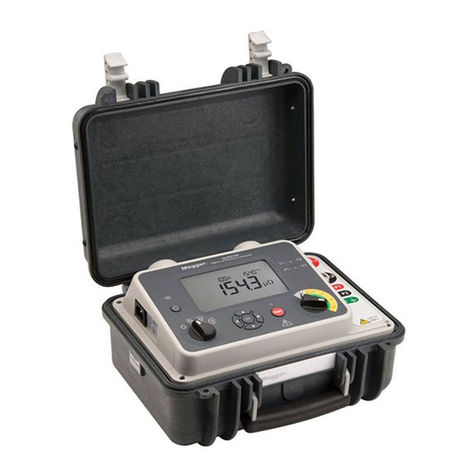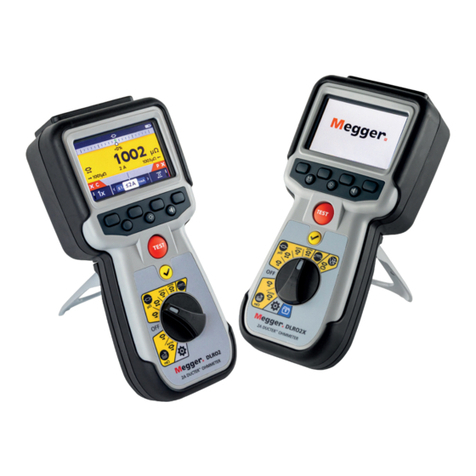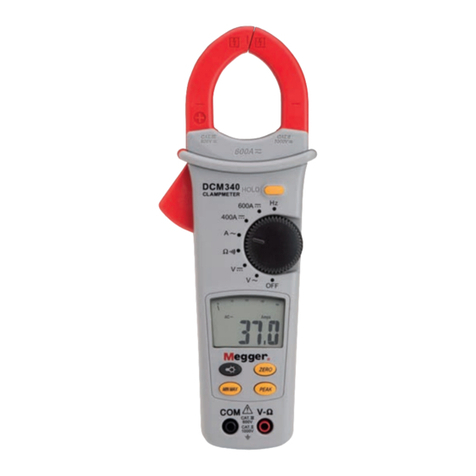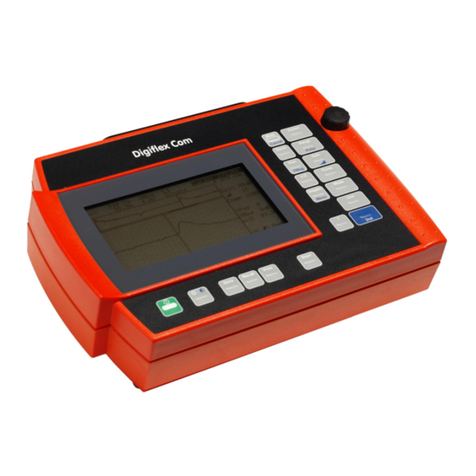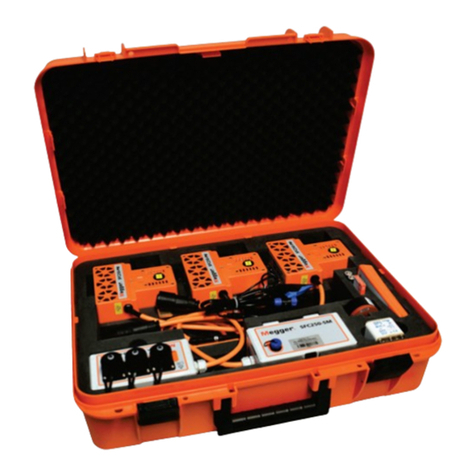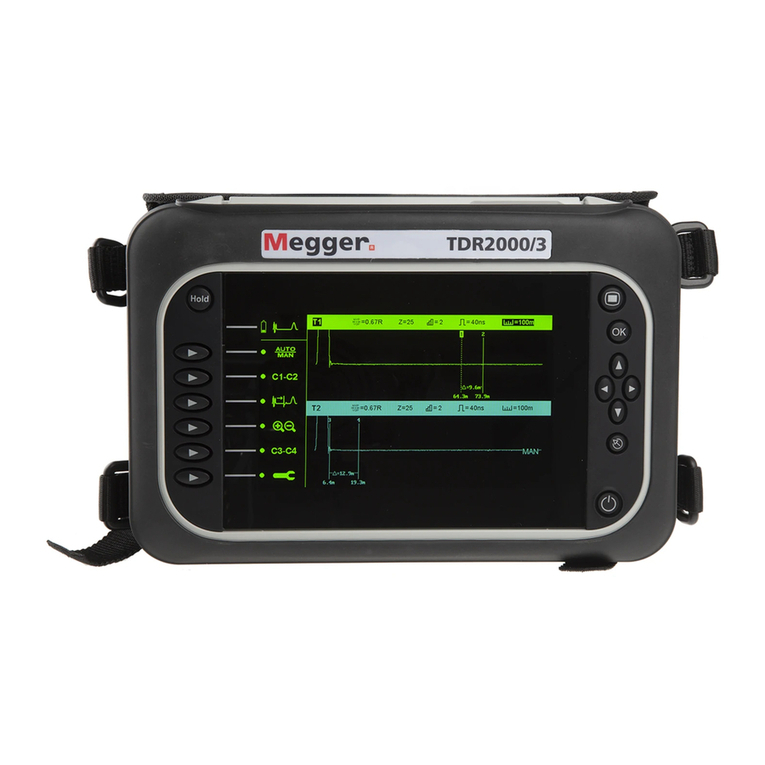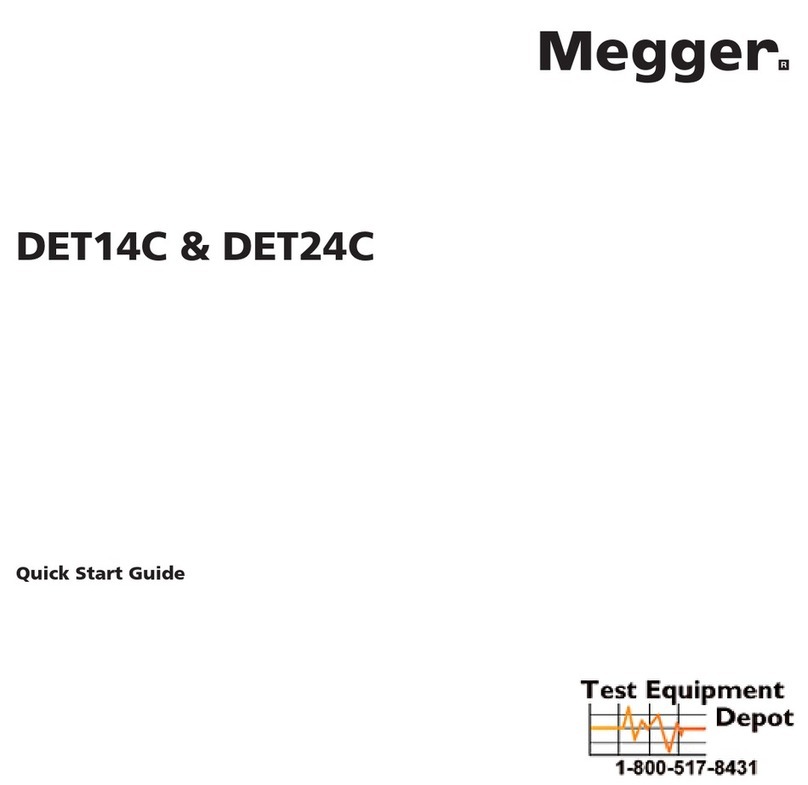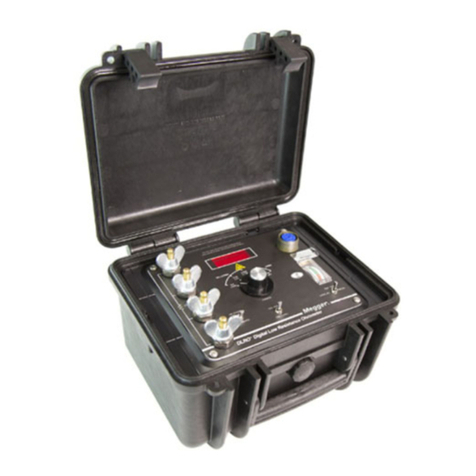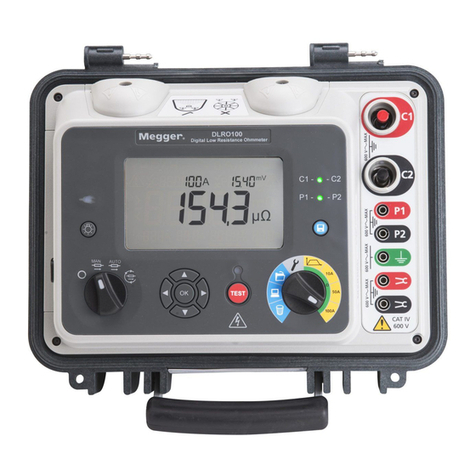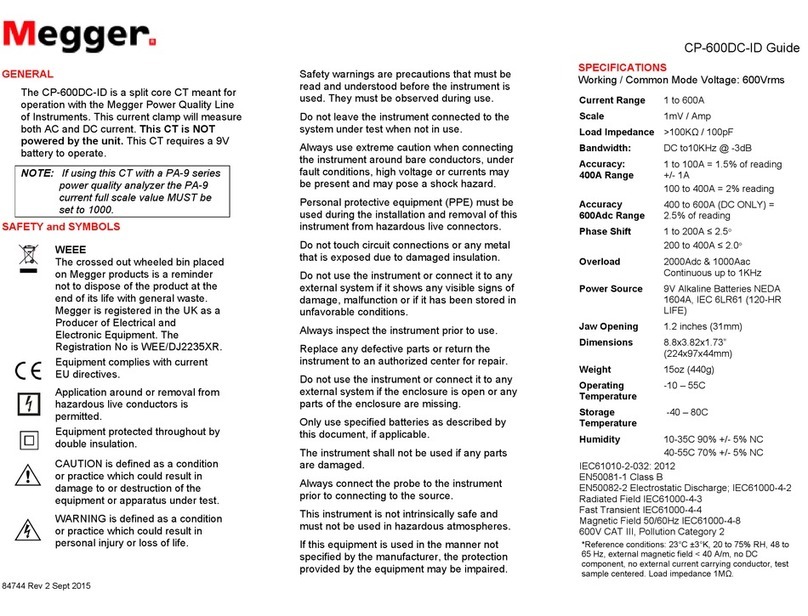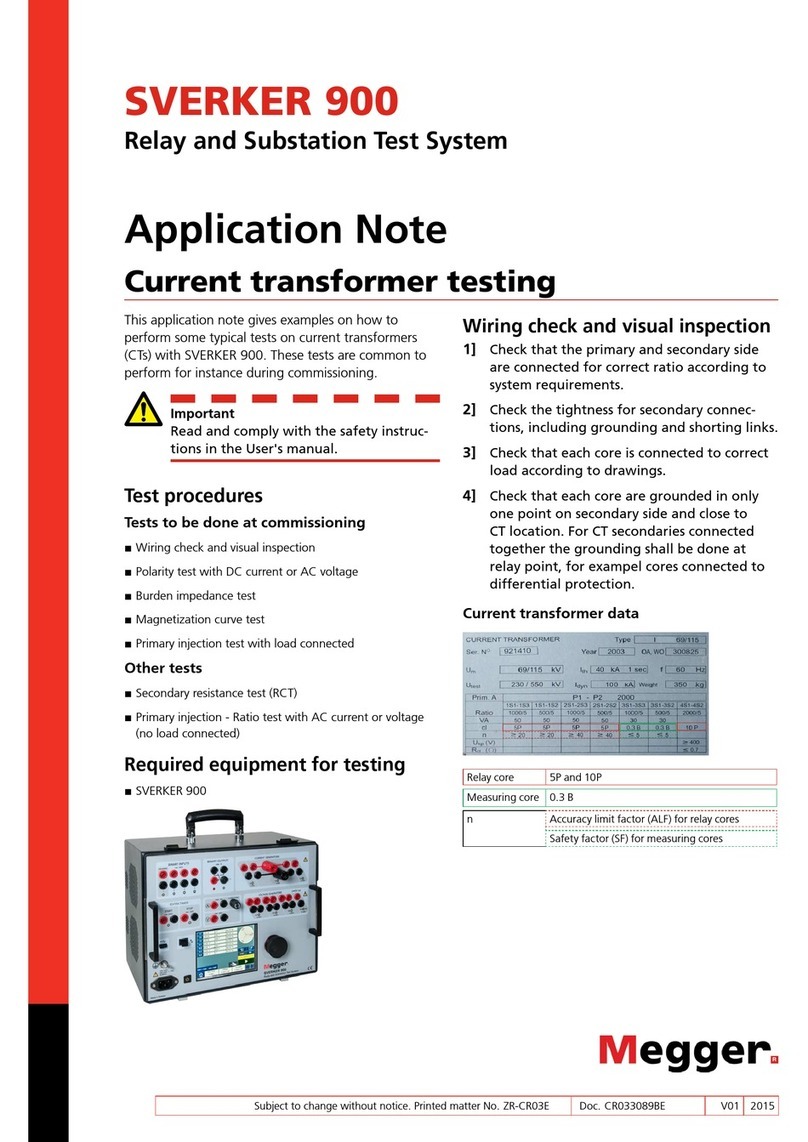
Safety Instructions
8
This device is designed for industrial use according to EN 55011. When used at home it
could cause interference to other equipment, such as the radio or television.
The interference level from the line complies with the limit curve B (living area), the
radiation level complies with the limit curve A (industrial area). Once the living area is
sufficiently far away from the planned area of operation (industrial area), equipment
there will not be impaired.
The device must only be lifted and carried using the handles provided on the top and
side. Other parts of the device, such as the accessory bag or connecting cables, cannot
withstand the forces caused by lifting the device and could break or tear off as a result.
1.2 General Safety Instructions and Warnings
The operating safety is only guaranteed if the delivered system is used as intended.
Incorrect use may result in danger to the operator, to the system and the connected
equipment.
The thresholds listed in the technical data may not be exceeded under any
circumstances. Condensation during the operation of Megger products may result in
danger to persons and devices through voltage arc-over. Prevent condensation before
and during the measuring mode by cooling the measuring systems sufficiently. The
operation of Megger products in direct contact with water, aggressive substances and
inflammatory gases and vapours is prohibited.
The HVB 10 is built to be robust and can withstand the stresses it can expect to be
subjected to in demanding everyday use. Nevertheless, it is a precision measuring
device which needs to be treated with the appropriate care. This applies in particular to
the connection cable and the clamps, which play an important role in ensuring the
device remains safe while the results of measurements remain precise.
The system may only be operated whilst it is in perfect working condition. In the event of
damage, irregularities or malfunctions that cannot be resolved with the assistance of the
operating instructions, the system must be shut down immediately and labeled
accordingly. In such an event, the relevant management must be informed. Please
contact Megger Service immediately, to eliminate the malfunction. The system may only
be started up again once the malfunction has been eliminated.
Five safety rules
The five safety rules must always be followed when working with HV (High Voltage):
1. De-energise
2. Protect against re-energising
3. Confirm absence of voltage
4. Earth and short-circuit
5. Cover up or bar-off neighbouring energised parts
Using cardiac pacemaker
Physical processes during operation of high voltage may endanger persons
wearing a cardiac pacemaker when near these high voltage facilities.
radiation
that the device
malfunctions

